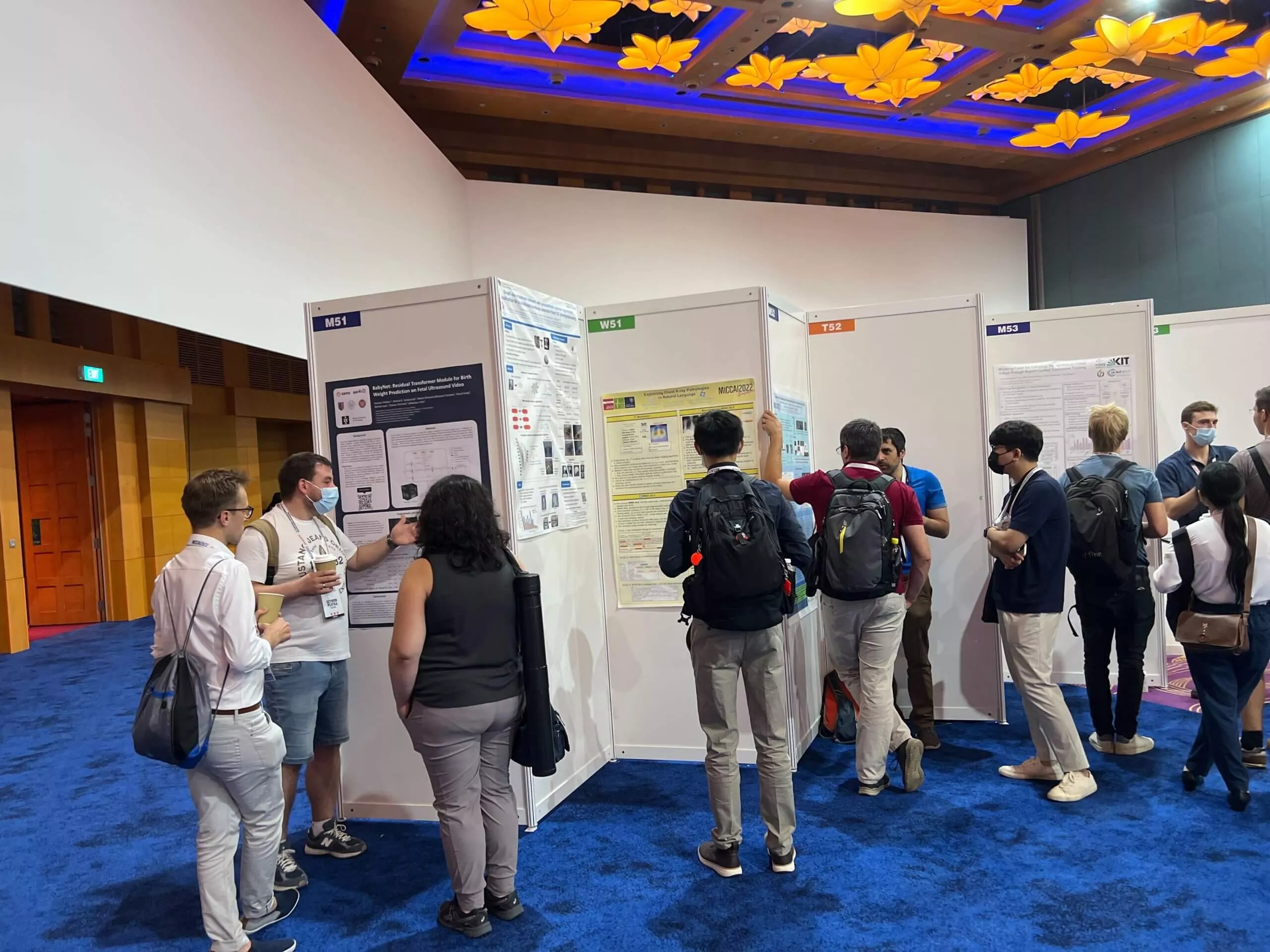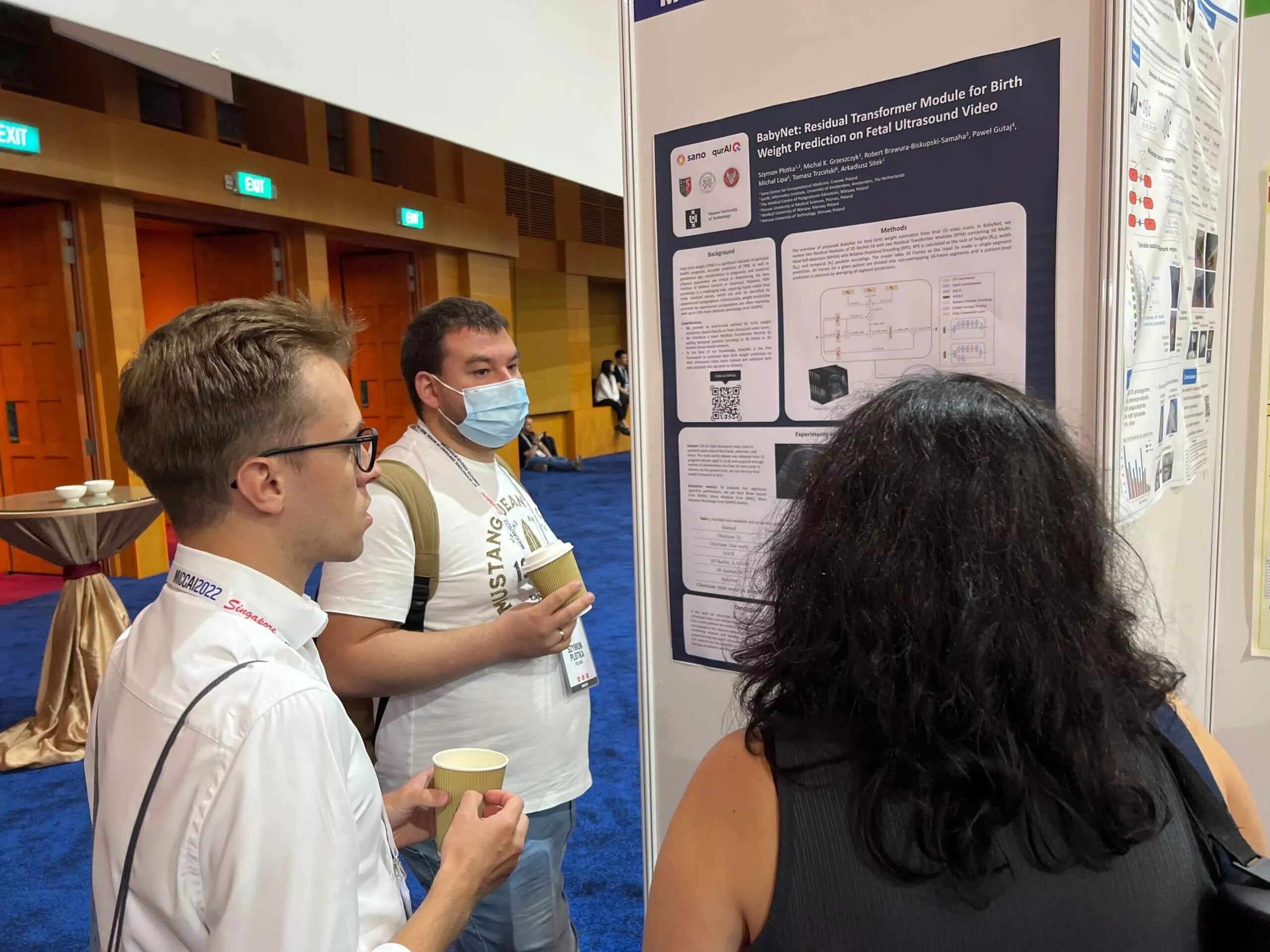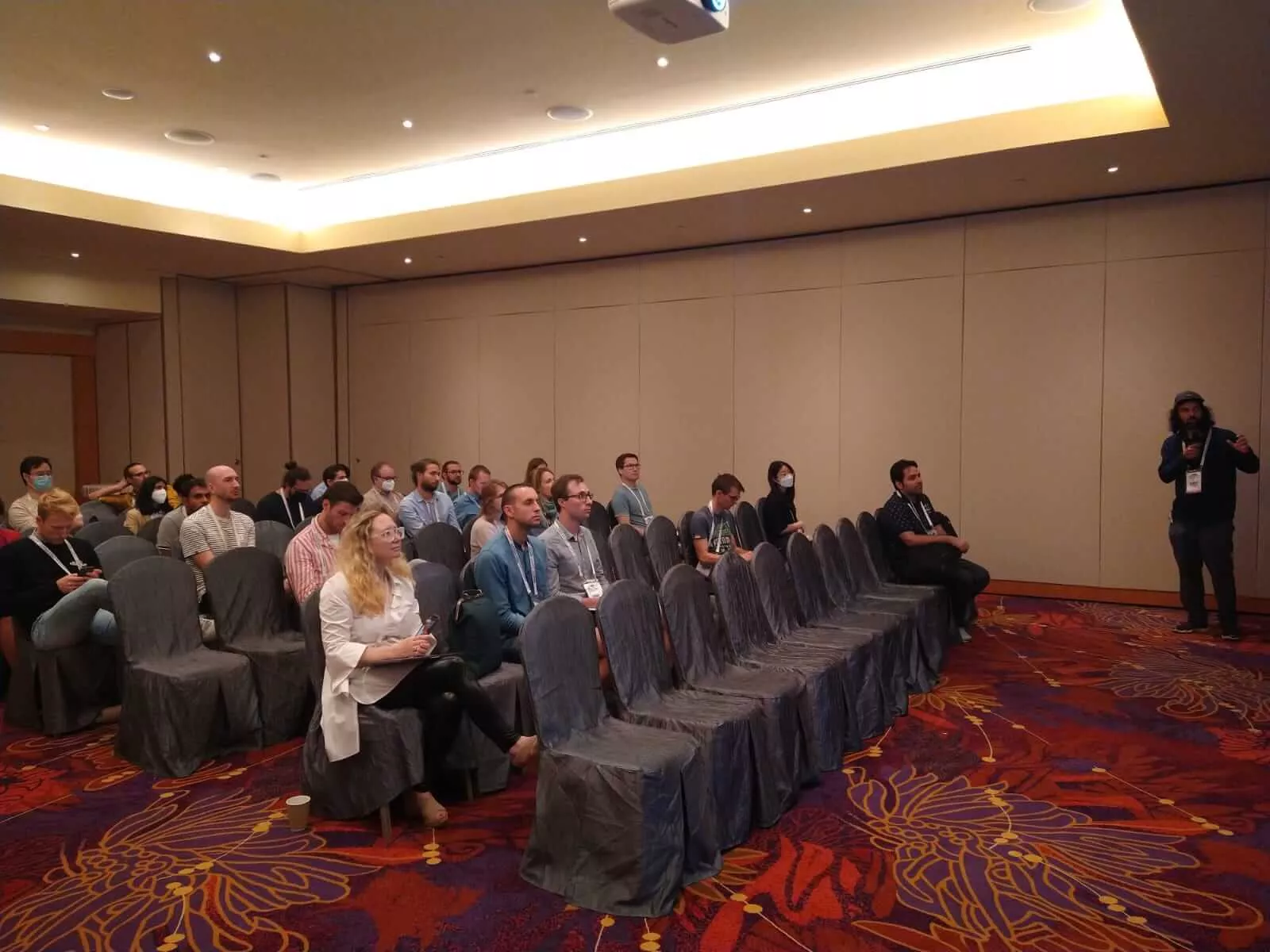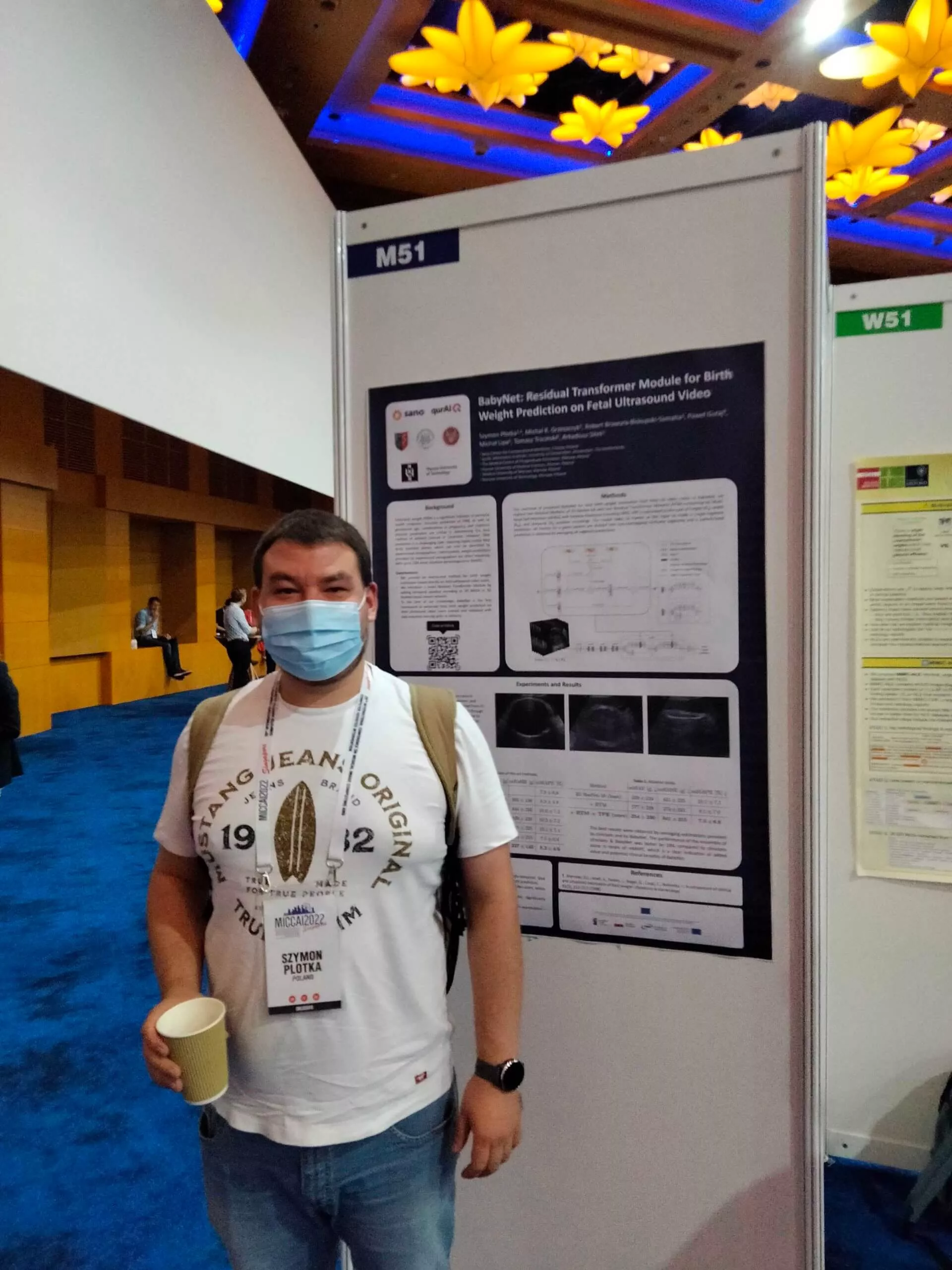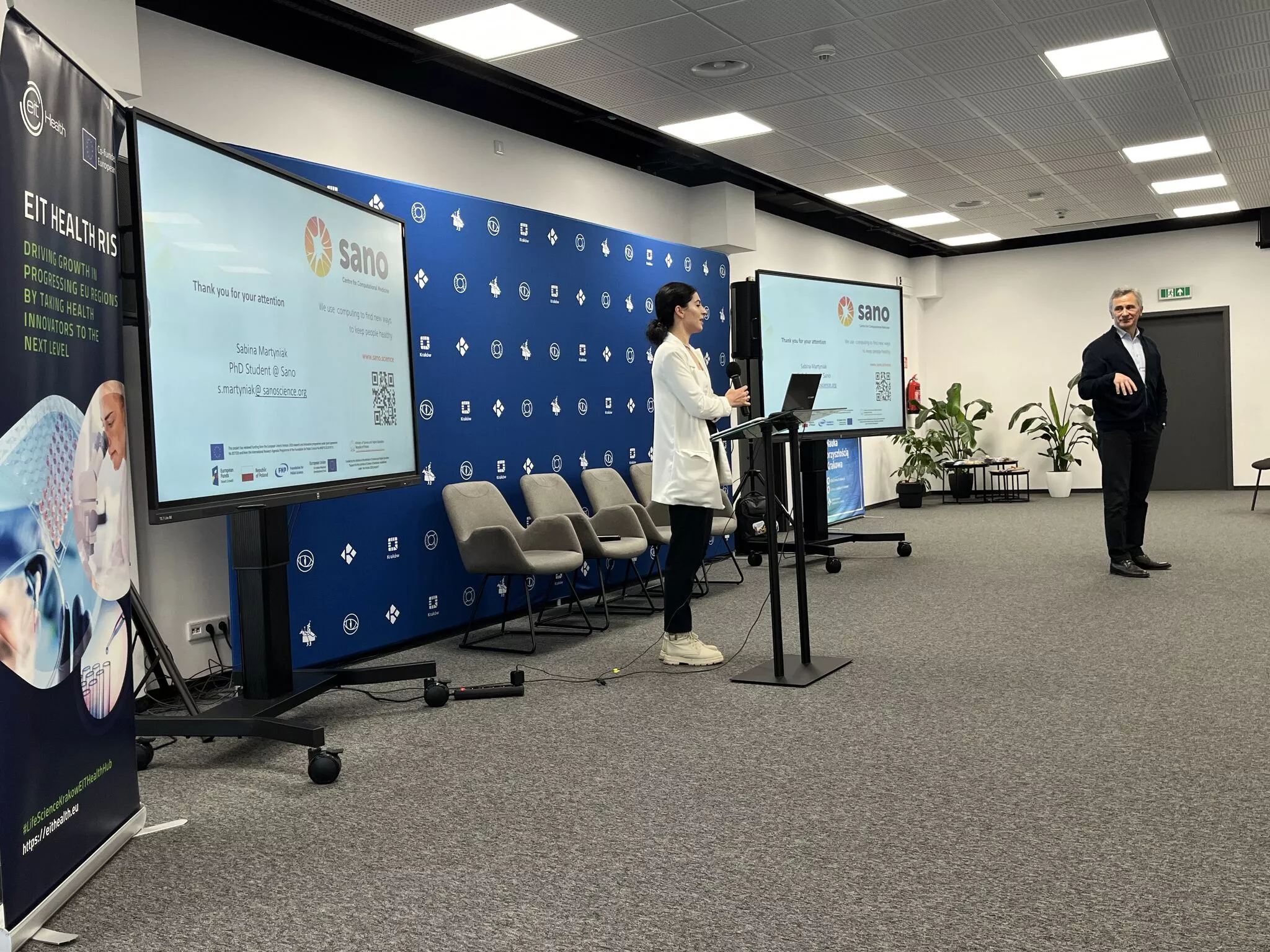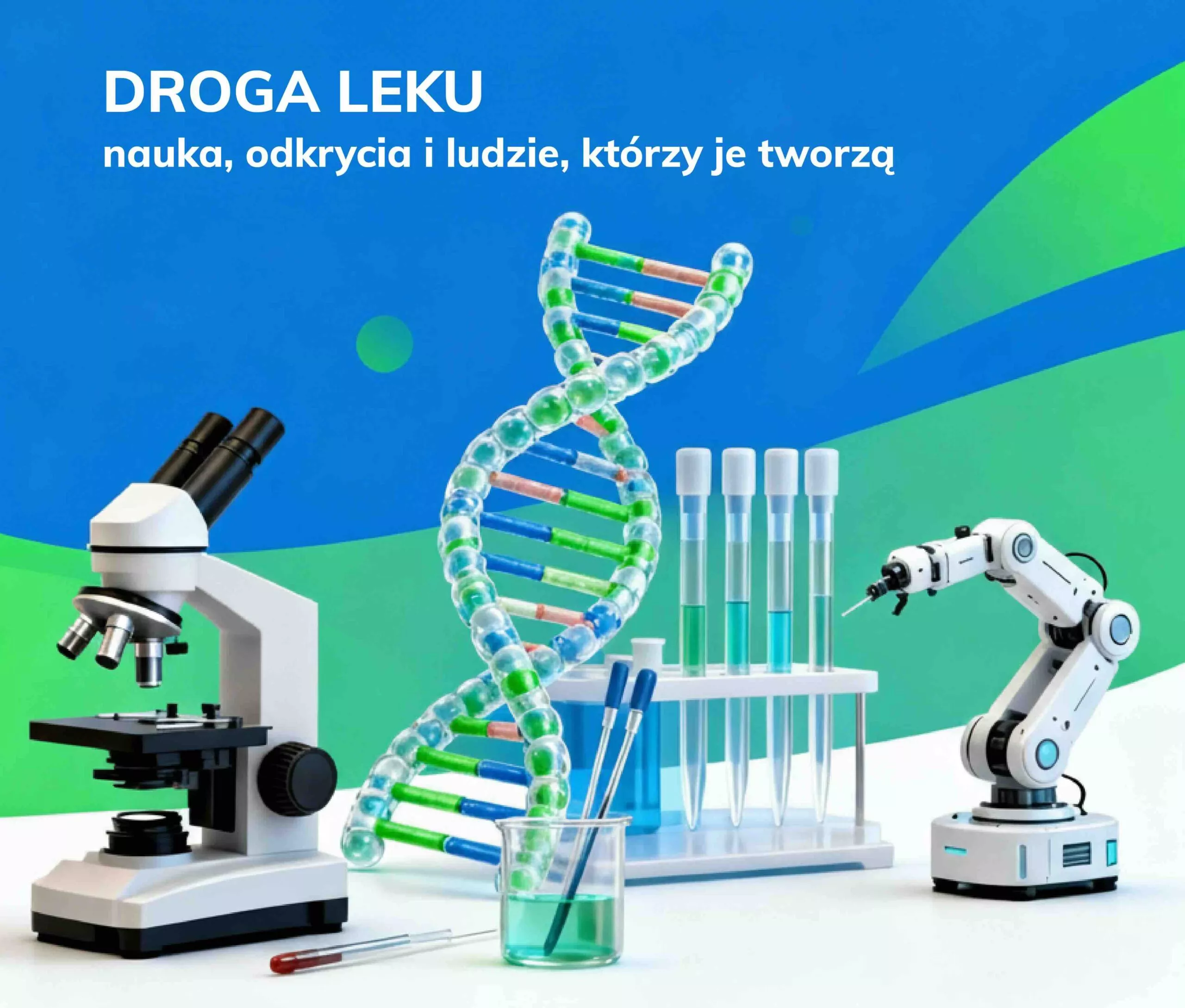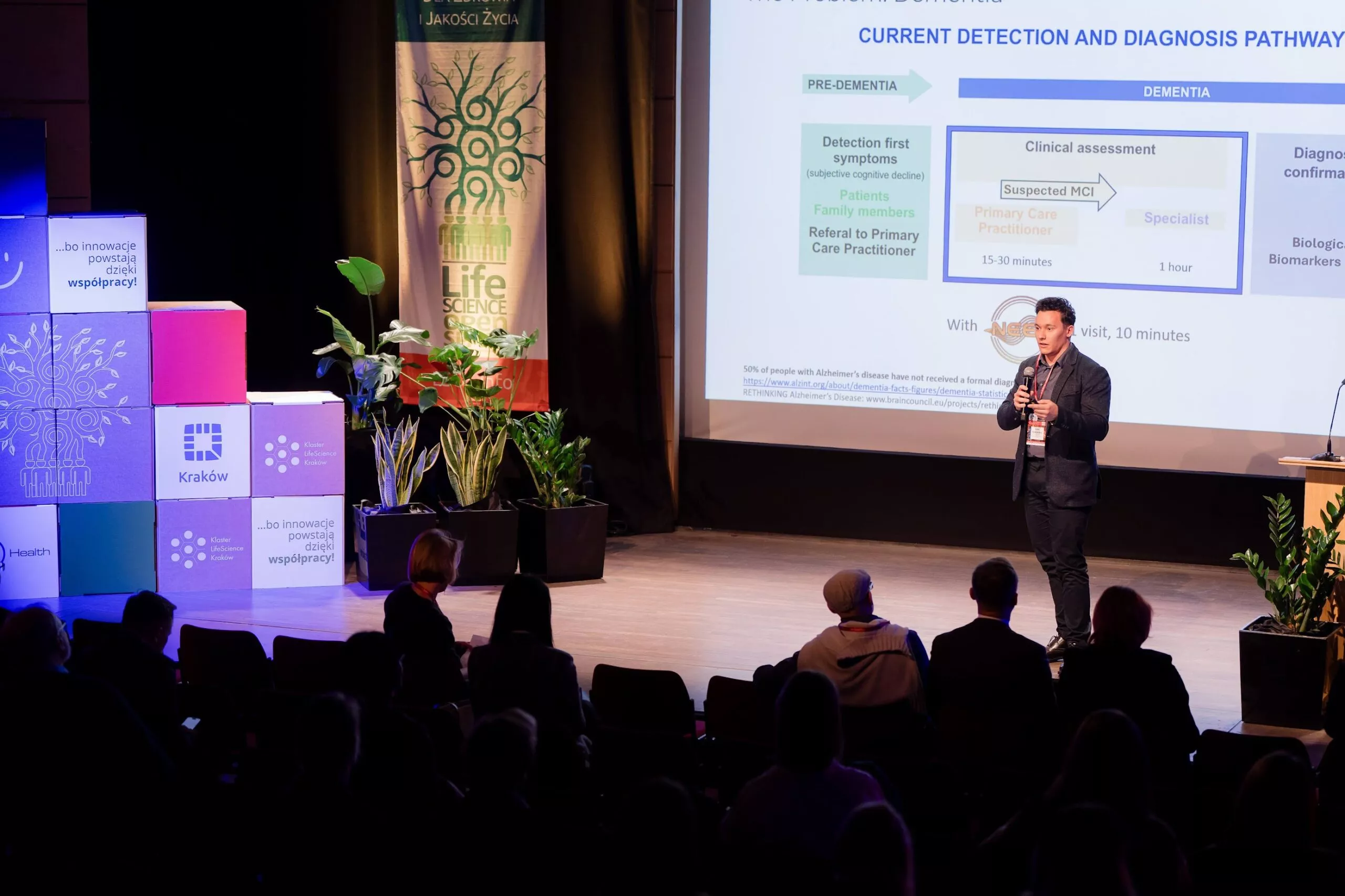
Sano Science team representation in Singapore at MICCAI 2022
Paper presentation and co-organization of workshops – these are activities which Sano handled during the 25th International Conference on Medical Image Computing and Computer Assisted Intervention, MICCAI 2022, held from September 18th to 22nd in Resort World Convention Centre Singapore. The annual MICCAI conference attracts the world’s leading biomedical scientists, engineers, and clinicians from a wide range of disciplines associated with medical imaging and computer assisted intervention.
Szymon Płotka and Michał Grzeszczyk presented the paper entitled „BabyNet: Residual Transformer Module for Birth Weight Prediction on Fetal Ultrasound Video”.
As we can read in the abstract, predicting fetal weight at birth is an important aspect of perinatal care, particularly in the context of antenatal management, which includes the planned timing and the mode of delivery. Accurate prediction of weight using prenatal ultrasound is challenging as it requires images of specific fetal body parts during advanced pregnancy which is difficult to capture due to poor quality of images caused by the lack of amniotic fluid. As a consequence, predictions which rely on standard methods often suffer from significant errors. In this paper researchers propose the Residual Transformer Module which extends a 3D ResNet-based network for analysis of 2D + t spatio-temporal ultrasound video scans. Their end-to-end method, called BabyNet, automatically predicts fetal birth weight based on fetal ultrasound video scans. The BabyNet was evaluated by using a dedicated clinical set comprising 225 2D fetal ultrasound videos of pregnancies from 75 patients performed one day prior to delivery. Experimental results show that BabyNet outperforms several state-of-the-art methods and estimates the weight at birth with accuracy comparable to human experts. Furthermore, combining estimates provided by human experts with those computed by BabyNet yields the best results, outperforming either of other methods by a significant margin.
Paper is available here LINK & GitHub code.
Monika Pytlarz, Sylwia Malec, and Joan Falcó Roget – team members of Brain and More Lab in Sano – with colleagues from the University of Pennsylvania were driving a BrainLes workshop on the first day of satellite events of MICCAI 2022.
The event was held in conjunction with the following MICCAI Challenges:
- Brain Tumor Segmentation (BraTS) Challenge – Continuous Evaluation
- Federated Tumor Segmentation (FeTS) Challenge
- Cross-Modality Domain Adaptation (CrossMoDA) Challenge
- Brain Tumor Sequence Registration (BraTS-Reg) Challenge.
Sano Science team introduced 10 authors and chaired the discussions around great papers related to glioma lesion segmentation, longitudinal data analysis, novel MRI sequences, and estimation of the segmentation quality.
It was the great opportunity to meet colleagues from Bran and more Lab’s field and to get inspired by wonderful computational and clinical keynote speakers and mentors, f.eg. Mariam Aboian from Yale University, Klaus Maier-Hein from German Cancer Research Center, and Mauricio Reyes from University of Bern and ARTORG Center.
As Monika summarized: we covered interesting and currently emerging topics within medical image computing, e.g. that we shouldn’t blindly trust only one global metric, we need to keep reconsidering the qualitative and quantitative assessments of our models, improve the reproducibility of our methods, reduce bias, we should make and use more clinically relevant datasets, as well as we should make an effort to propose deep learning algorithms that are easy to utilize incorporating directly to hospital PACS system used by radiologists.
As the computer vision and data science researchers we can summarize MICCAI 2022 with the sentence from the workshop which Mariam Aboian’s said: “Radiologists are not a gold standard, response criteria are not a gold standard yet, pathology is not a gold standard yet – what if segmentation algorithms could be a cold standard?”
More about the workshops you can read HERE.



